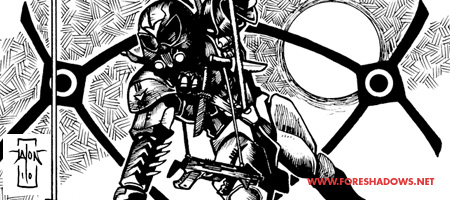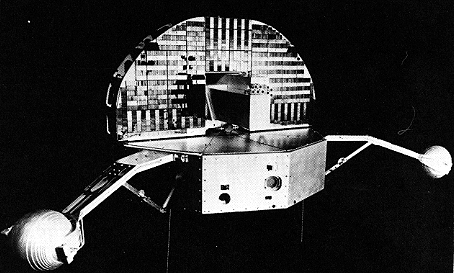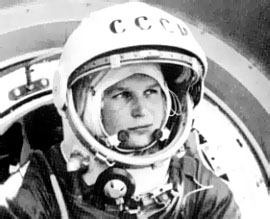First, hearty congratulations to all my friends who garnered Nebula Award nominations! Several of the stories I nominated made the ballot (this was the first time I’ve been able to nominate, having recently upgraded my SFWA membership), and everyone on the list deserves a round of applause. The complete list is linked here, but I’m happiest for the folks I’ve gotten to know on-line or in-person — some very recently and some with whom I’ve been friends for several years — namely,
- Mary Robinette Kowal, nominated for “Kiss Me Twice” (novella)
- Kij Johnson, nominated for “The Man Who Bridged the Mist” (novella)
- Ken Liu, nominated for “The Man Who Ended History: A Documentary” (novella) and “The Paper Menagerie” (short story)
- Rachel Swirsky, nominated for “Fields of Gold” (novelette)
- Brad R. Torgersen, nominated for “Ray of Light” (novelette)
- Ferrett Steinmetz, nominated for “Sauerkraut Station” (novelette)
- Katherine Sparrow, nominated for “The Migratory Pattern of Dancers” (novelette)
- Jake Kerr, nominated for “The Old Equations” (novelette)
- Tom Crosshill, nominated for “Mama, We are Zhenya, Your Son” (short story)
- Aliette de Bodard, nominated for “Shipbirth” (short story)
- Nancy Fulda, nominated for “Movement” (short story)
- David W. Goldman, nominated for “The Axiom of Choice” (short story)
Now, of course, I have to figure out who I’m going to vote for. Along those lines, I’ll resurrect the line from my “Playing Politics” song: “I don’t know how much they’ll bribe me, I’ll just have to wait and see.”
Second, congratulations to my friend Jeff LaSala on the release of his Foreshadows project. (Full disclosure: Jeff and I are both slimy contractors for Baen Books.)

(Sample of Talon Dunning’s art for Foreshadows, from the Foreshadows web site.)
Foreshadows: The Ghost of Zero is an ambitious multi-media project combining original music, original fiction, and original artwork. Jeff, his brother, and several others collaborated on it, and the end result is very impressive.
I haven’t read many of the stories yet, but I’ve listened to all the music and it’s very evocative. (I admit that I’m not a big fan of “techno” and much of this music is of that style, but in terms of conveying the emotional undertones of the stories I think it works well.) My favorite of the songs is “Made in Brazil | Living in Japan.” The artwork, too, is extremely well done.
Check it out at http://foreshadows.net/!



 by
by 















